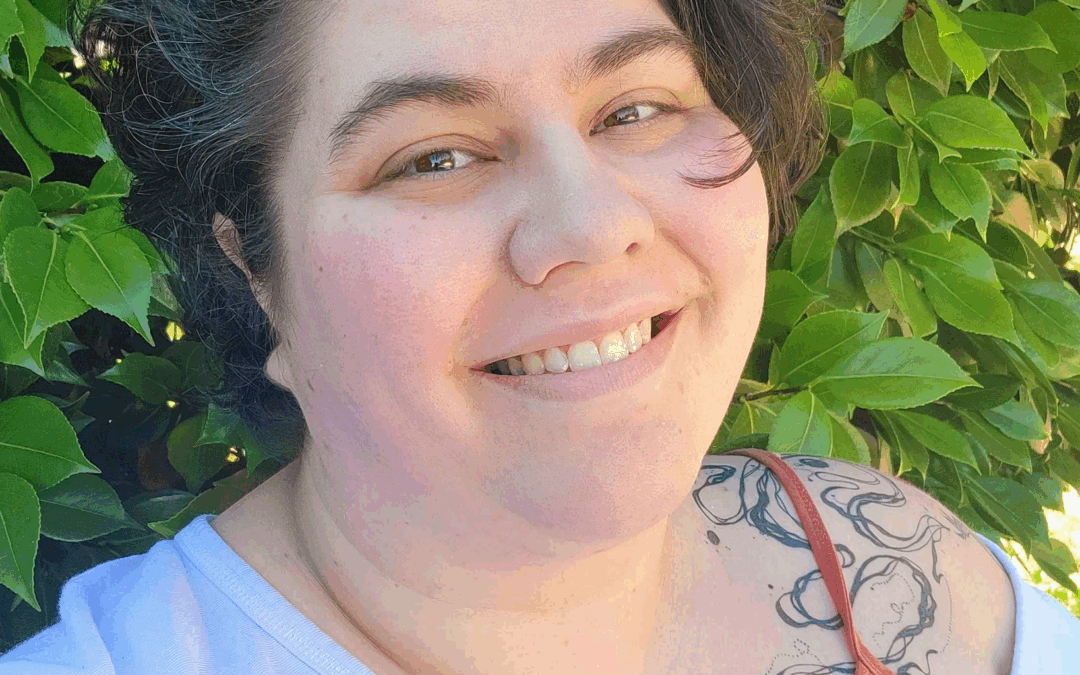
by Michele Kirichanskaya | May 29, 2025 | Blog
Miranda is a Washington-based comic artist and layout designer. They strive to tell stories that have a deep emotional impact on their readers and inspire people to reflect on their lives and in turn learn or heal something about themselves. Miranda likes happy...
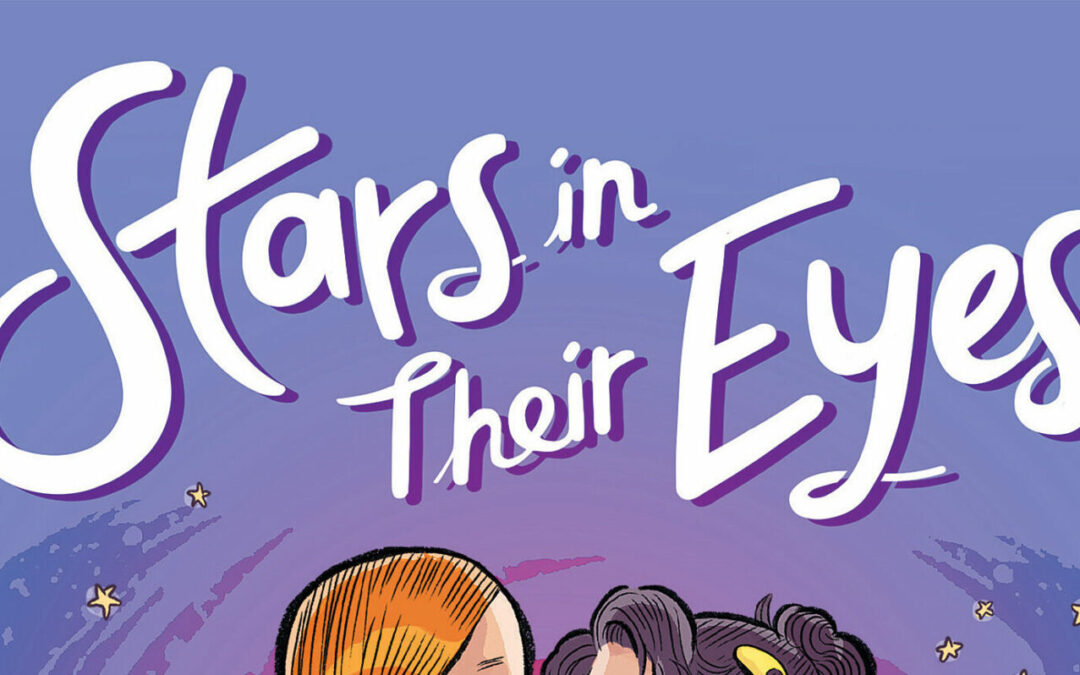
by Michele Kirichanskaya | May 23, 2025 | Blog
Jessica Walton is a queer, disabled writer and speaker. They co-wrote an episode of Australian comedy series Get Krack!n that focused on disability, and they are also the author of Introducing Teddy, a picture book illustrated by Dougal MacPherson. Jess’s short...
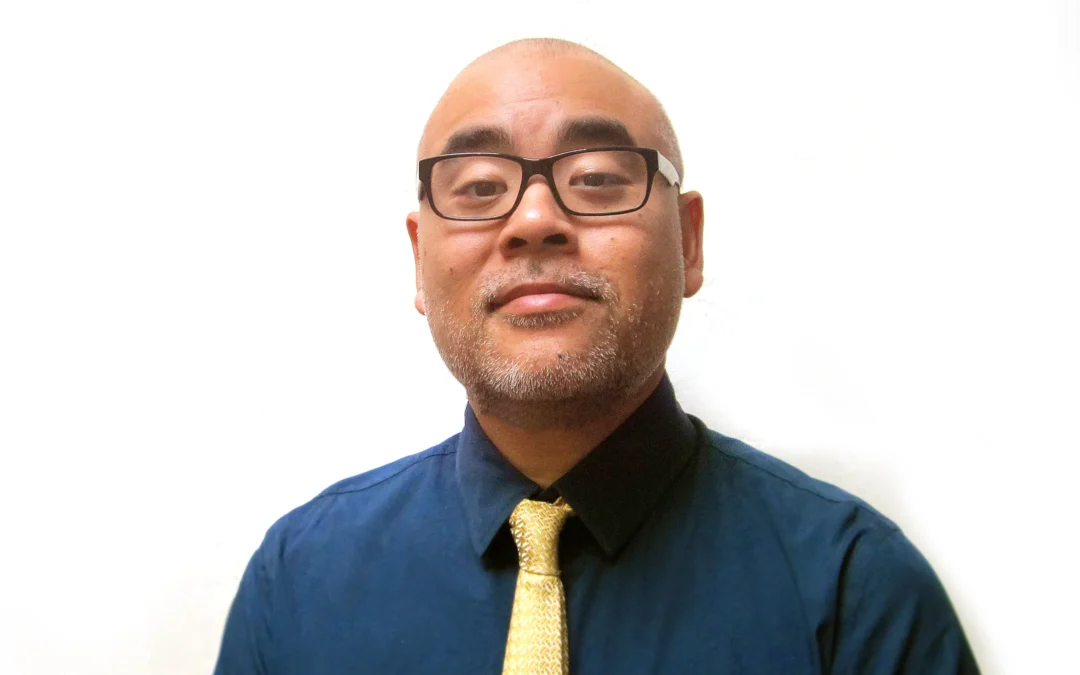
by Michele Kirichanskaya | Apr 2, 2025 | Blog
Dan Santat is the Caldecott Medal–winning and New York Times–bestselling author and illustrator of The Adventures of Beekle: The Unimaginary Friend and the road trip/time travel adventure Are We There Yet? His artwork is also featured in numerous picture books,...
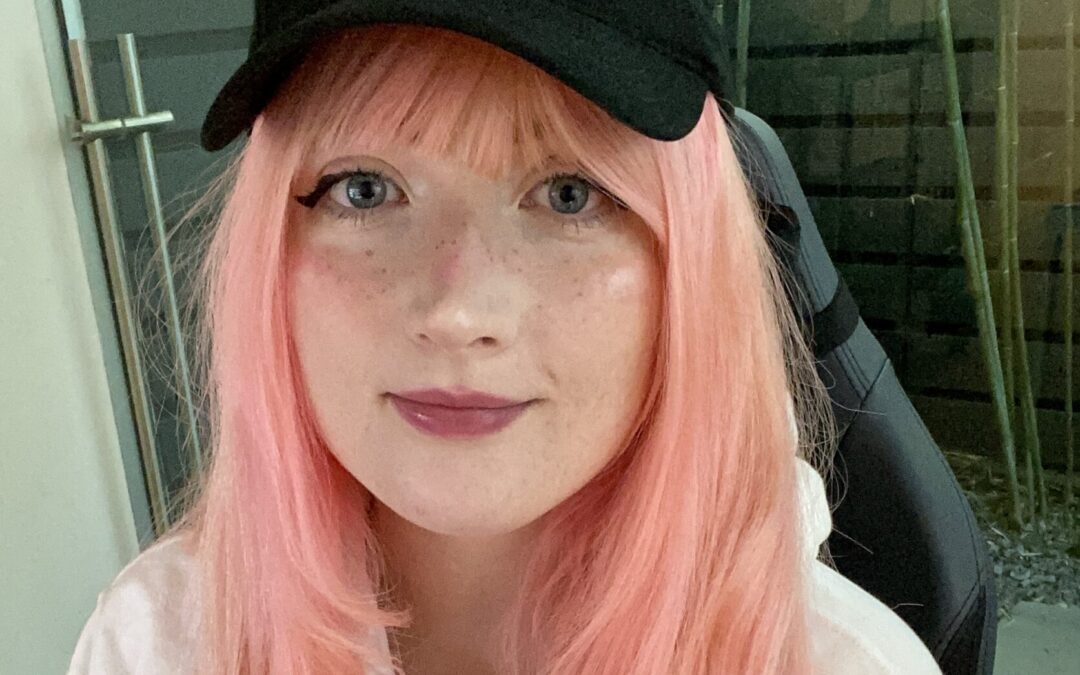
by Michele Kirichanskaya | Mar 28, 2025 | Blog
Haley Newsome is a comic creator, illustrator, and internet artist with millions of followers across YouTube, Instagram, and Twitch. She loves horror movies, animation, and ghosts. Haley has lived in Idaho, Oregon, Calgary, and Tokyo, and currently resides in Los...
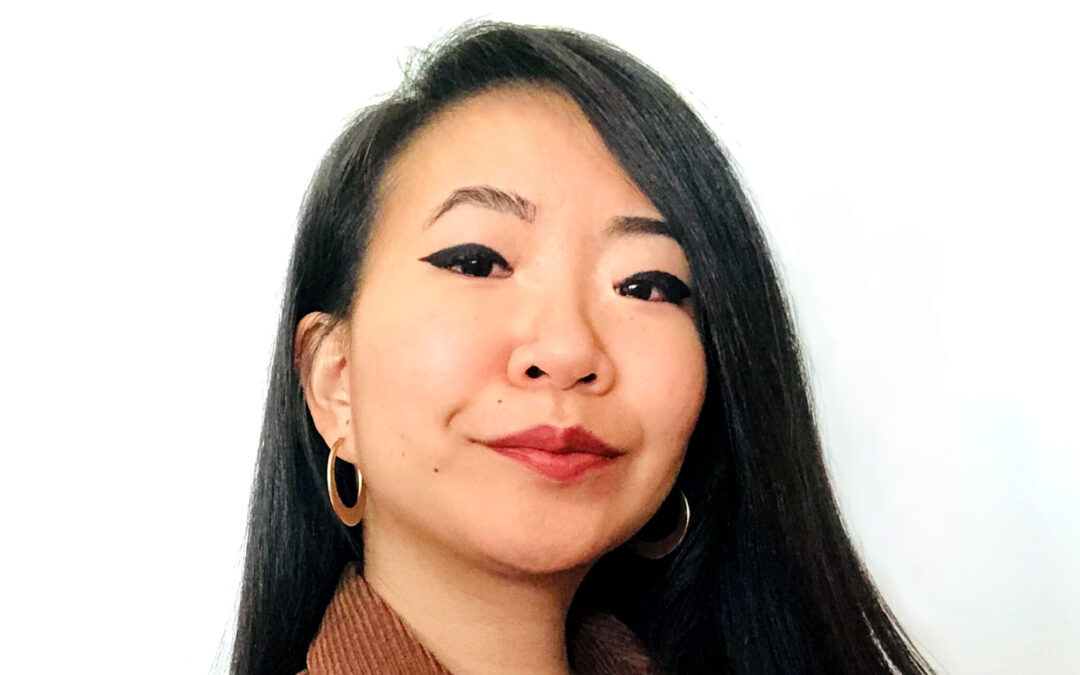
by Michele Kirichanskaya | Mar 19, 2025 | Blog
Arley Nopra is a Filipina-Canadian illustrator and cartoonist who loves wholesome and funny stories with relatable characters. She previously worked as the colorist for the second and third graphic novels for Daytime Emmy Award winning animated series, The Dragon...






